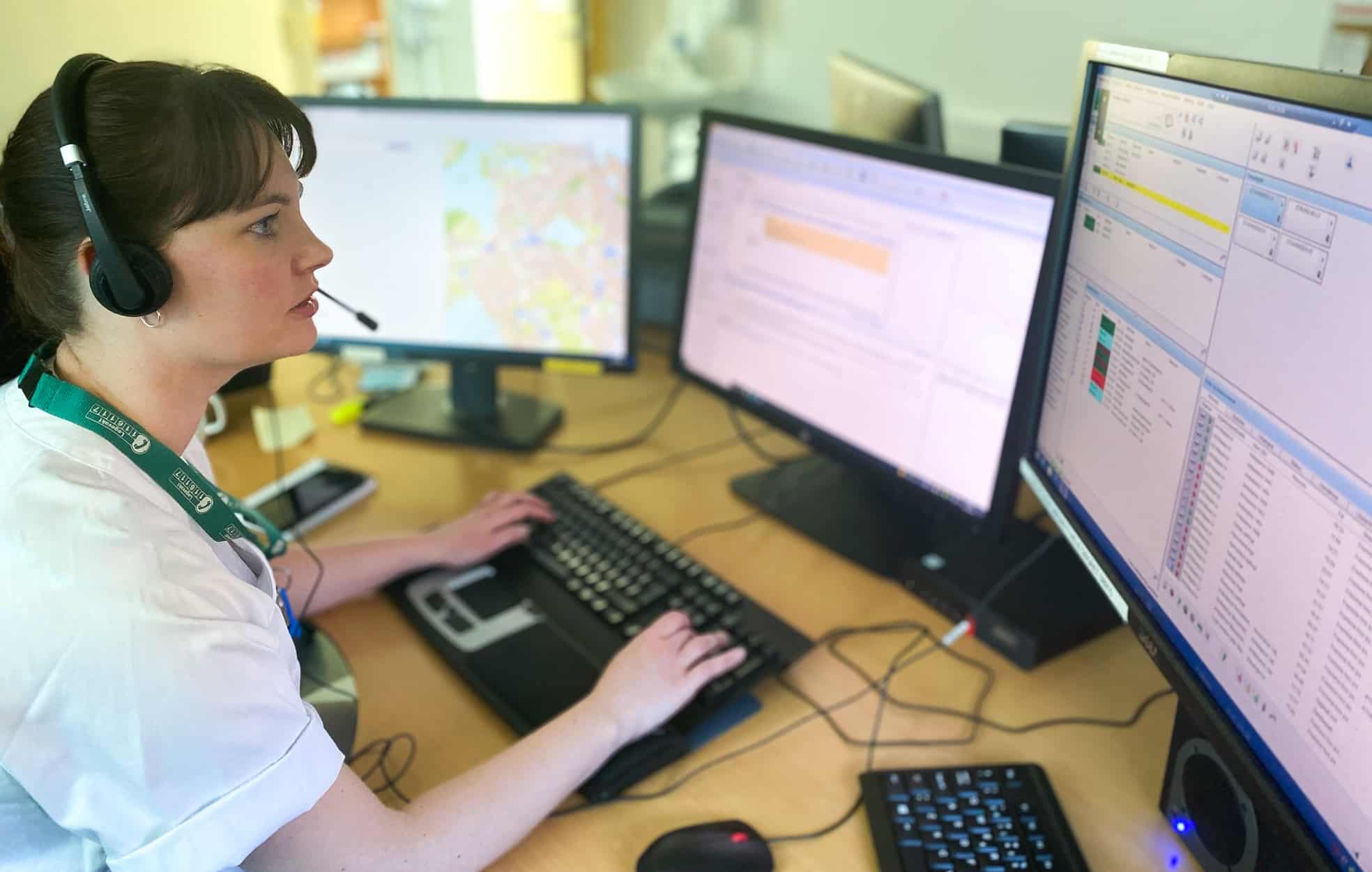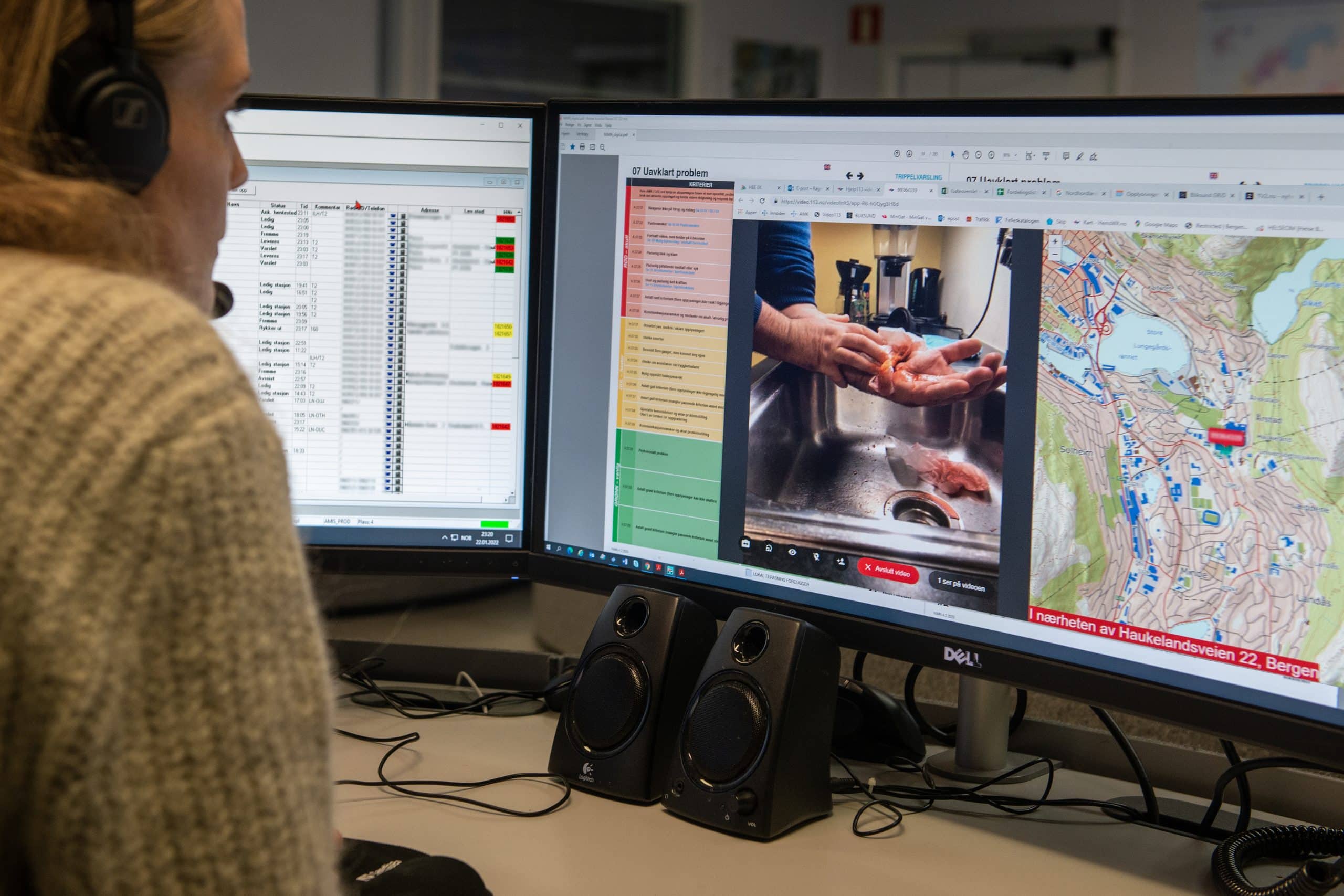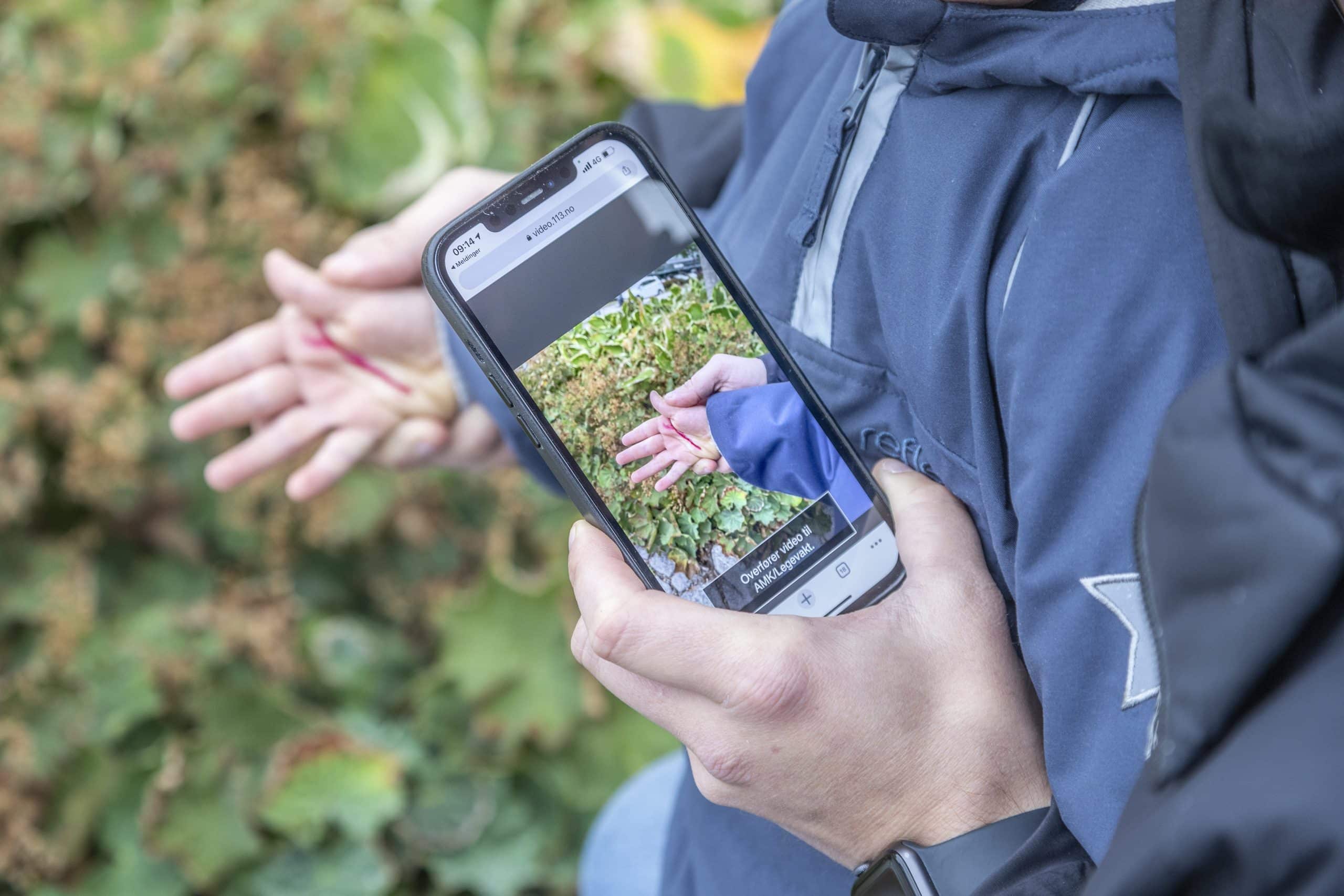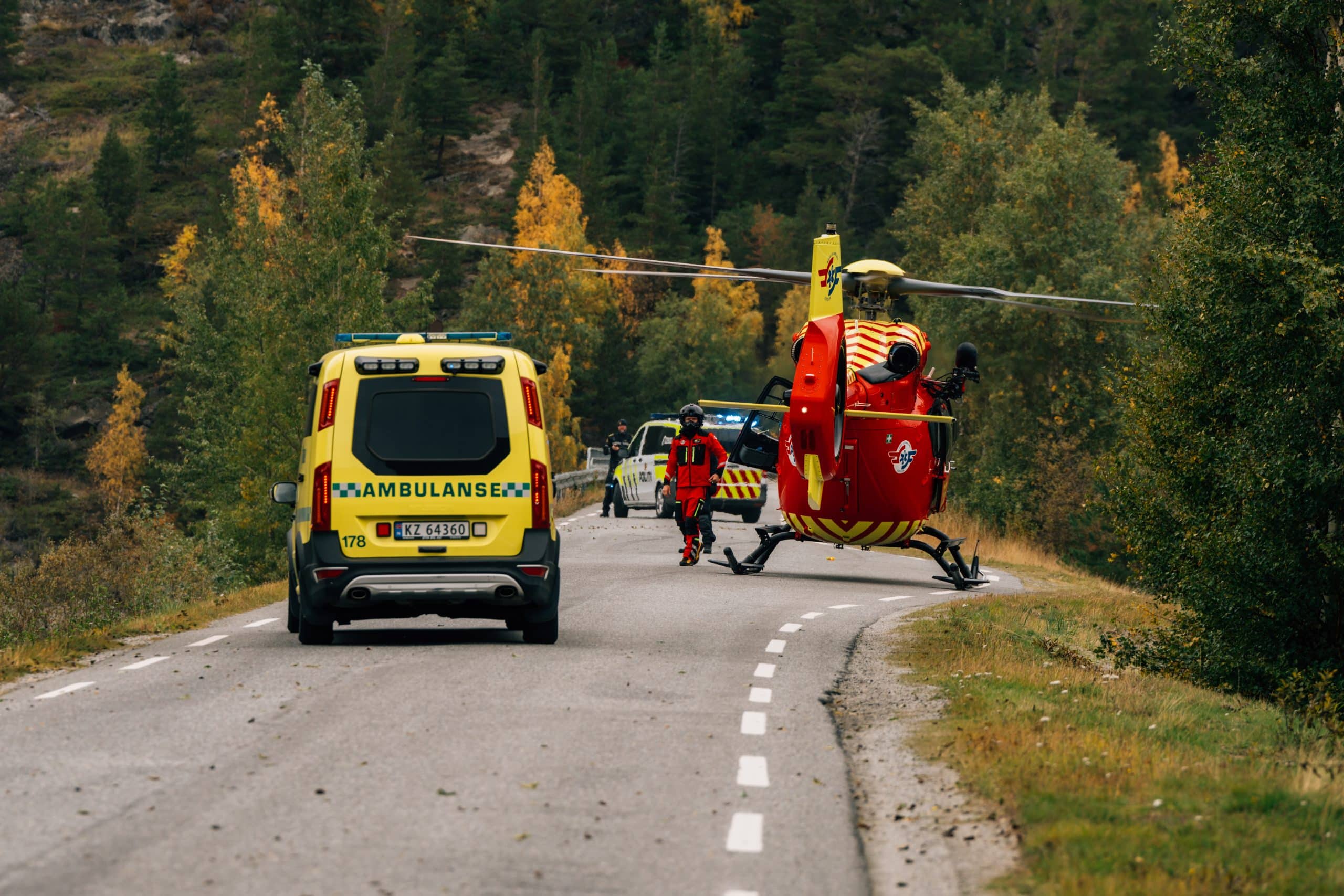
The video solution «Hjelp 113 Video»
The video solution Hjelp 113 Video allows emergency medical communication centers and emergency care centers to see what is happening at the scene of an incident through the caller’s mobile phone.

The video solution Hjelp 113 Video was developed by the Norwegian Air Ambulance Foundation. The solution was launched in 2020 and has been rolled out as part of the «Saving lives together» initiative in collaboration with the Norwegian Directorate of Health.
The video solution supports one-way video communication between the caller and the operator, facilitating an easy and quick start to video calls while already engaged in a phone conversation. The use of video can assist the operator in assessing the severity and urgency of the situation and providing advice and guidance to the caller.
Video can give the operator a clearer picture of the situation and help ensure that the appropriate resources can quickly handle the patient.
The goal is to contribute to strengthening the emergency medical chain in collaboration with the public healthcare sector.
As of August 2023, 10 emergency medical communication centres, 85 emergency care centers, and Norway’s main rescue coordination center utilize the video solution. Since its inception, more than 150,000 video calls have been conducted. Some centers in Sweden also use the video solution.
How the video solution works
The video solution Hjelp 113 Video can be activated on the caller’s phone by the emergency medical communication centres or emergency care center operators, provided that the caller gives consent. Upon consent, the caller receives a text message, allowing the operator to access the caller’s mobile phone camera. If the caller’s mobile phone is not connected to a wireless network, mobile data from the caller’s mobile subscription will be used for video streaming.
This enables the operator to better understand the extent of the injury and determine the severity level and which resources may need to be activated.
The operator can also connect additional personnel via simultaneous viewing. They will receive an SMS with a link to the video stream and can view the same video stream as the operator. This means the operator can connect a doctor at the emergency care center, an air ambulance physician, or others for decision support.


Video streaming from the ambulance
The Norwegian Air Ambulance Foundation has also developed the SNLA Video app, which is used in Central Norway Health Region. SNLA Video allows video streaming from the ambulance to the video solution at the emergency medical communication centres and emergency care centers through the on-call phone.
The user interface for the ambulance is straightforward and provides an overview of the different emergency medical communication centres and emergency care centers to which video streaming is possible. The ambulance initiates video streaming by selecting a center. The operator at the center activates the video and connects the relevant personnel for simultaneous viewing. The video streaming is terminated by the ambulance.
